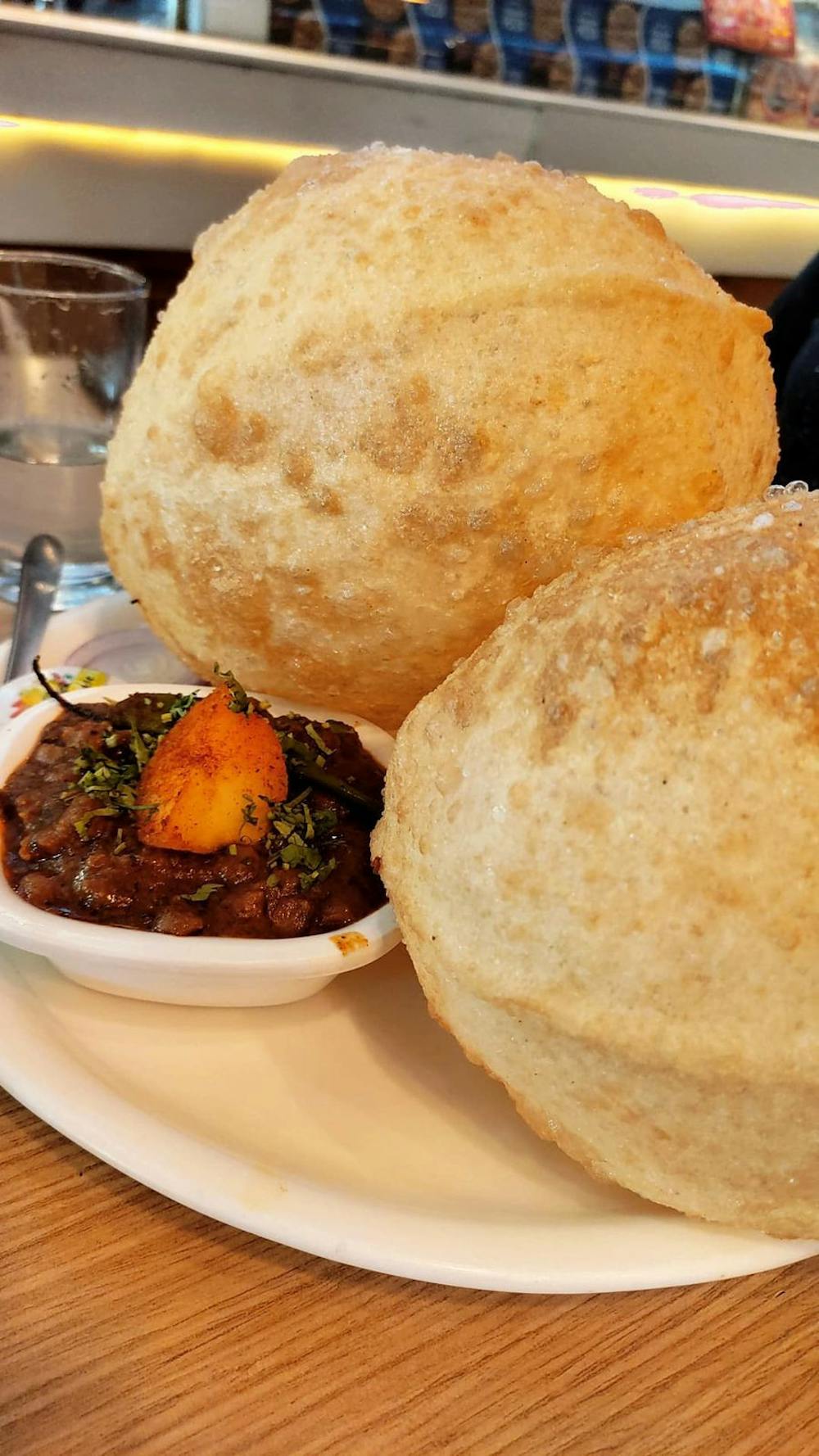The Battle of the Baffled Herbivores: An Indian vegetarian experience in America

Ah, America, the land of endless choices, freedom, and … dietary labels.
Since moving here, I’ve learned that being “just vegetarian” doesn’t quite cut it. Nope, you’ve got to specify: Are you lacto-ovo? Pescatarian? Flexitarian? (Apparently, “I just don’t eat meat” isn’t quite enough.)
But as an International student, the confusion runs deeper.
First off, let’s tackle the infamous “egg question.”
It’s a crisis. In Europe, “vegetarian” can mean eggs and fish; in Japan, pescatarianism gets loosely labeled as vegetarian, adding to the confusion. In India, the classification of eggs has stirred more debates than a family WhatsApp group.
While being vegetarian generally means no eggs — a rule as firm as your grandma’s food traditions — every so often, you’ll meet someone who calls themselves “veg” while sneaking an omelet on the side, sparking debates that could rival any family drama.
Trying to explain this to my American friends leaves them wide-eyed, especially when I casually mention that eggs are an occasional gray area. “Wait, eggs aren’t vegetarian?” they ask.
“In India? Definitely not. … Well, mostly.”
Then there’s the notion that Indians must be the holy grail of vegetarians, like we were all born swaddled in avacado and have never known the temptations of hot chicken wings. Tell someone from a coastal or Southern region that they should survive on just paneer (Indian cheese) tikka, and you’ll get a look that says, "Who hurt you?"
And veganism? Well, this is where things get trickier.
Enter the American grocery store, where “non-dairy cheese” and “plant-based chicken” reign supreme. I’m still haunted by the time I bought “vegan yogurt” by accident. It looked like yogurt, smelled like yogurt … tasted like punishment.
Meanwhile, I’m here still marveling at how my grandparents made “vegan” work before it was cool — lentils, beans, greens, all without the gluten-free, non-GMO and superfood-certified labels.
One thing I’ve noticed is that being vegan here often seems more like a sport than a diet. We’ve got “meatless Mondays,” “tofu Thursdays” and plant-based everything in between.
My American friends talk about how veganism makes them “feel lighter” or “more connected to the Earth.” Meanwhile, I’m over here hoping for just one authentic “chole bhature” day without feeling like I need a post-meal nap.
And then there’s the spice dilemma.
I’ve been told by more than one friend that Indian food is “too spicy” to ever be vegan-friendly, as though chili pepper is somehow in the same category as pork.
Funny enough, Mexican, Thai and Ethiopian cuisines get a similar reputation: They all come with the assumption that you’ll need a fire extinguisher on hand.
The truth? Indian cuisine has entire vegan-friendly sub-genres, none of which come with a “proceed with caution” label.
But despite all the culinary misunderstandings, there’s something hilarious and heartwarming about introducing a little flavor and spice into America’s kale-smoothie-loving landscape.
Turns out, plant-eaters of all kinds -- vegetarians, vegans or those who simply love their greens —are everywhere: From India to the United States, they celebrate plants, spices and creativity in ways that transcend labels.
We may not all be vegans, but there’s room for every kind of baffled herbivore on this menu — just hold the vegan yogurt.






